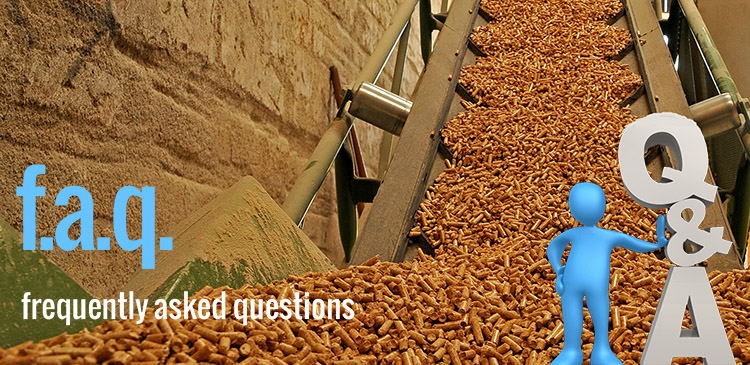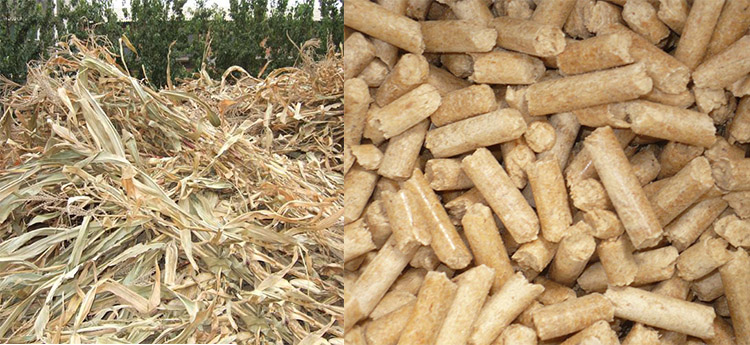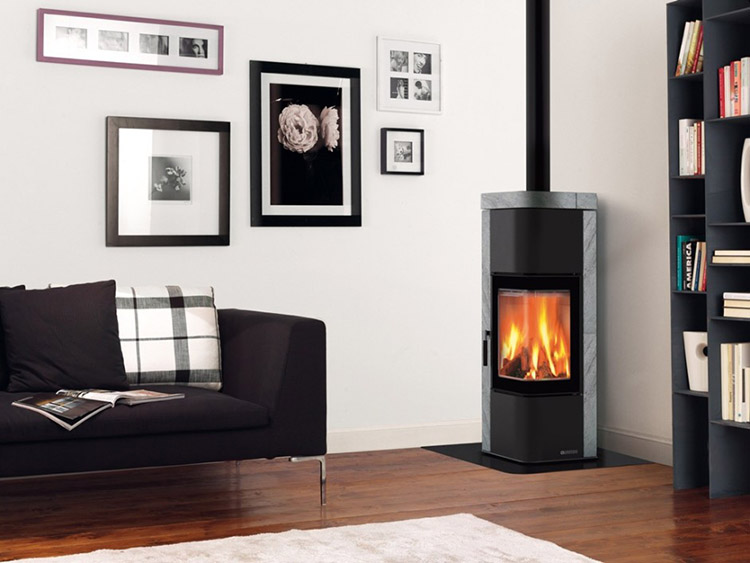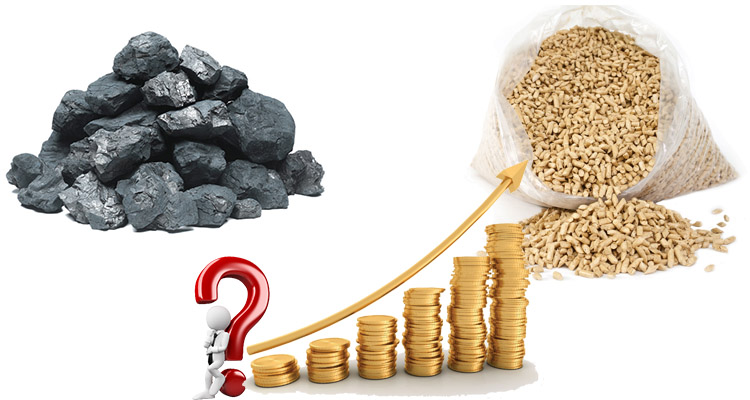
During the consulting services that Gemco provides for the biomass pellet plants around the world, there are a lot of confusions which is proposed by the pellet plant owners. In summary, Gemco finds out there are a batch of questions that has been asked over and over again. In order to provide the most effective service for the pellet plants whole world round, Gemco summarized the basic confusions the customers have, hopes it would help the investors who have a interest in biomass pellet manufacture industry.
Q 01: How much is the cost of production of the biomass pellet ?
A 01: The production technology of biomass pellets is a part of the renewable energy technology. First you have to know, there are many factors that impact the cost of production for a pellet plant, such as:
- The cost of local raw materials ( include the transport cost of the raw materials )
- The energy consumption cost during the production period
- The cost of maintenance, such as the wear of equipment
- The depreciation for the property, plant, etc.
- The labor cost
- The operation and management cost, includes the tax cost, selling cost, transportation cost and etc.
It is easy for you to understand that the cost indexes may be different due to the different time and different location. In order to give you a brief understanding about the cost of production of the biomass pellet, we can provide you some reference datas in UK:
- The cost of local raw materials: $24.5 – 34/t ( approximately 32.81% – 35.5% of the total production costs )
- The energy consumption cost: $5.44 – 17/t (approximately 7.88% – 16.4% of the total production costs )
- The cost of maintenance: $8.16 – 15.64/t (approximately 11.8% – 15.09% of the total production costs )
- The depreciation for the property, plant, etc: $1 – 2/t (approximately 1.45% – 1.93% of the total production costs )
- The labor cost: $10.88 /t (approximately 10.50% – 15.76% of the total production costs )
- The operation and management cost: $19.04 – 23.12/t (approximately 11.8% – 15.09% of the total production costs )
The total production costs: $69.02 – 103.64/t. This is only a reference cost for the pellet plant investors to have a general idea about the cost of production of a pellet plant.
Q 02: How much is the selling price of the biomass pellet ?

A 02: In order to provide the biomass pellet plant investors a clear idea about the return on investment, we now provide you the price of biomass pellet in the same year as we collected the data of the production costs of biomass pellet as a reference. In the US market: the selling price of biomass pellet in retail bags is $170/t, the selling price of biomass pellet in bulk bags is $135/t; If the destination port is in Sweden, the CIF price for American biomass pellet is $150/t; and for the biomass pellet in bulk, the FOB Amsterdam is $80/t.
In China, Both the cost of production and selling price of the biomass pellet is much lower than the average price of the European market. In China, the total production of cost of biomass pellet is about $46.17, so it is obvious that it is a price with competitive in the global biomass pellet market. So if you want to explore a biomass pellet business in China, it would be a totally promising industry for your investment, as the biomass pellet product can be used in the eco tourism area, the central heating system, and etc.
Q 03: How is the economics of the corn stalk pellet ?
( How to manufacture the corn stalk ? Is it suitable for the home heating system ? Is it affordable for the end users ? Can the coal-fired boilers be converted to corn stalk-fired boilers ? Is it cheaper than coal ? )

A 03: The corn stalks can be manufactured directly, and it can be utilized in both urban and rural areas. The pellet fuel has been utilized as a heating fuel for resident heating purpose. Many residential customers in Europe and America has already adopted the pellet heating system in their own house, and they find out that the biomass pellet is much cheaper than the coal fuel.
If you already own a coal-fired boiler, it can be used to burn corn stalk pellets. Compared with the coal-fired boilers, the corn stalk-fired boilers save the ash handling facilities of the boiler, and the cinder handling facilities of the boiler. The slight ash that discharged by the corn stalk-fired boiler can be used as a fertilizer for the crops.
Q 04: How large is the heating area that provided by the pellet stove ?

A 04: To answer this question, we did a test under the following conditions: the house is built under the old building structure of single wall and single-layer window. Therefore, the conditions of warm keeping abilities of the house is bad, and the seal ability of the door and window is bad. The house is about 3.5 meters high, and the floor area is about 82.6 ㎡. When the outdoor temperature is 7℃, the temperature indoor keeps at 21℃.
Q 05: The cornstalk is much lighter than wood, so it will impact the capacity of the pellet fuel, so if we use the pellet to generate power and heat, maybe it would be more expensive than coal.

A 05: The capacity and the combustion performance of the pellet fuel is not impacted by the weight of the raw materials. During the actual production process of power and heat generation, the performance of the coal and pellet fuel is calculated by the specific energy consumption. The combustion performance of the pellet fuel is impacted by the physical characteristics of pellet and the chemical characteristics of the pellet, which you can easily find the relevant articles in our website.
In addition, the biomass pellet industry is a sunrise industry in the world, as you can see the biomass pellet plants has been established in many different territories, and the biomass pellet has been utilized in both residential heating systems and industrial power & heat generation in European countries.
To find more answers about the biomass pellet industry, please view biomass pellet plant FAQ – part 2.
